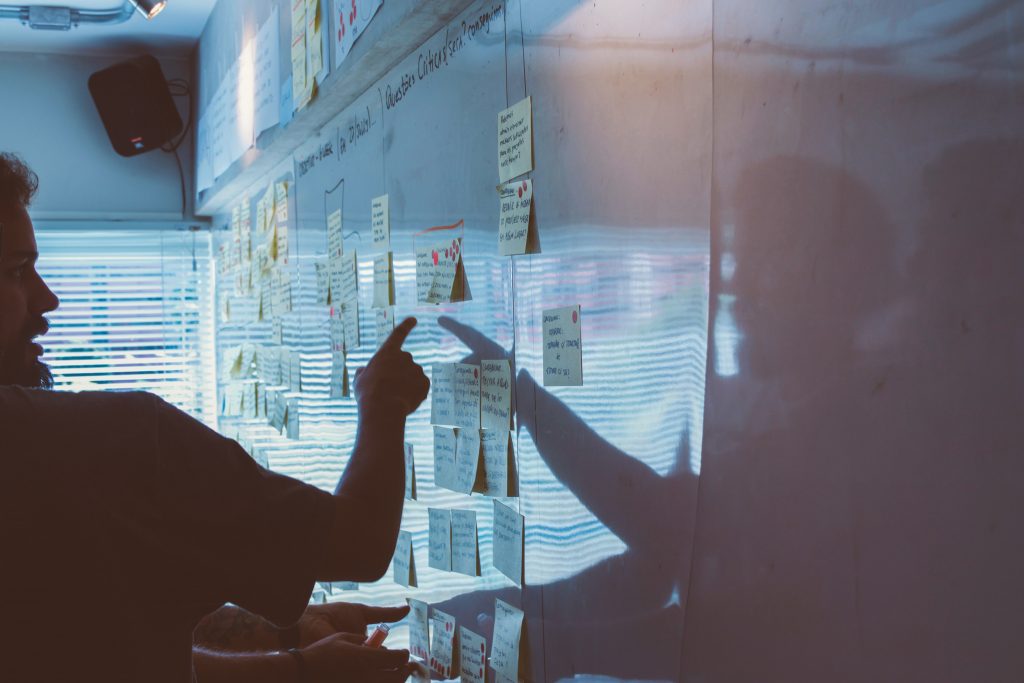If you are following contentgroup on social media, you would have come across the experienced and expert insights shared by some of the 170 speakers at the GovComms Festival in November 2020. If not, visit our website to binge-watch the festival.
At the conclusion of this global dialogue, our CEO, David Pembroke, wrote: “the world is an increasingly small place and that the challenges of creating and delivering effective government communication are common, widespread and global”. In this small place, it is imperative for skilled communication professionals to be involved in delivering global initiatives like the Open Government Partnership (OGP).
A recent study and OGP report (Results for Development, 2020) explains why and how the strengths and skills of the media can help member countries to meet their ambitious open government commitments. But in my opinion, the report identifies problems that require a broader and citizen-centred communication solution of which the media is but one part.
If 2020 has shown us anything, it is that every government department and agency is now a “media company’’. They can create useful, relevant, and consistent multimedia content to better inform and engage citizens about policy, programs, services, and regulations.
The OGP member countries can now focus on building this direct-to-citizen capability within their governments to design, promote and implement the National Action Plans (NAP).
Adopting a citizen-centred approach to communication and stakeholder engagement when commencing the development of OGP plans (rather than just at the end or during the implementation stage) will help deliver systematic content planning, creation, distribution, and evaluation. This will enable countries to plan their communication in a way that sustains engagement with key stakeholders such as civil society organisations, the private sector, multinational organisations, governments, and the media.
We live in a world where billions of people carry mobile phones. They are connected. The challenge is how to leverage that connection through text, visuals, and audio content to influence perceptions, attitudes, behaviours, and actions of audiences.
It is important to understand why, what, and how you communicate keeping in mind the cultural, linguistic, accessibility, religious, ethnic, and educational differences that may impact your audience.
For example, having only recently migrated to Australia, I was unfamiliar with the ways of camping and the wildlife encounters in the great Australian outdoors. Over Christmas, I booked a ‘glamping’ experience. An already set-up campsite greeted me on arrival after several long hours of driving.
As I approached the tent to call it a night, I spotted a huge (subjective) green frog sitting comfortably on my bed. After 20 minutes of not knowing what to do (Was it dangerous? Was it deadly? Would it approach me?), I accepted defeat and opened my car boot.
Luckily, I had a spare tent to set up and call home for the night. The next morning, I woke up to a sore back.
I got up to check if the frog was still in my luxurious tent, but alas there was no one in sight. My takeaway? He spent the night on my all-paid-for queen bed and hopped off without a sore back.
The point of this story is that while it was a shocking and scary experience for me, it made for a hilarious narrative to others. The difference between the two audiences was the difference in our upbringing, experiences and associations.
A direct and less dramatic way to reiterate my initial point is – how does your project communication target, connect with and engage someone living in Fiji versus someone in Hong Kong? How does it consider their interests, information needs, communication preferences and capacity to consume content about your project?
Whether you are seeking to build interest and support for the New Colombo Plan, inform citizens of the Pacific nations about Australia’s recent commitments to the region’s development or share stories of Australians building capacity and capability in local businesses in Indonesia, every project and initiative must put audience needs at its heart and consider the best way to reach, engage and connect with them over time.
contentgroup has an evidence-based framework to help clients in the government and public sector develop such an approach. If you would like a masterclass on how to apply the framework or request a one-page summary of it, send me an email or call us at (02) 6273 0232. I would be happy to provide more information and share the story of ‘How I survived a brown snake before meeting the frog’.
